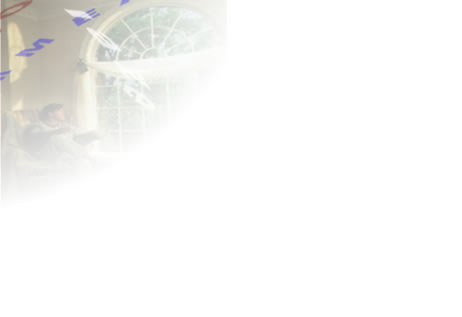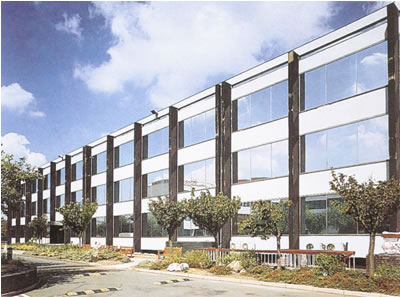

 |
|||
 |
|||
CASE STUDY TEN: REDUCING GLARE FOR SCREEN USERS |
|
| Project type: Banking Administation Centre, Bexeley Heath | Film
type: Exterior Solar Control
Film |
Many
older office blocks are having to be adapted to cope with the modern
requirements of modern technology. A common problem, which has to be
solved, was experienced at Woolwich plc's 30-year old administration
centre in Bexleyheath, Kent, where glare from the sun dazzled staff
working at computers. In addition, solar heat- together with the heat
generated from electronic equipment - had resulted in the air conditioning
functioning inefficiently. |
 External
application of the film- carried out in cradles- does not involve the
installers entering the building and therefore causes no disruptions
to the running of the office while the filmed is being fitted. |
To over come this problem, a solar control film was installed on the external face of the glazing on the south side of the elevation. It reduces 83% glare and rejects approximately 80% of the solar heat through a combination of reflecting and absorbing the sun's rays. As a result, the air conditioning is now more efficient and the level of solar glare is no longer a worry. Installing the film on the outside of the double glazing units makes certain the solar heat is sent back into the atmosphere before it reaches the glass. This ensures that the glass does not experience the high levels of heat intrusion that could over if the film was applied on the inside, and therefore virtually eliminates the possibility of the glass cracking from thermal stress. |
|